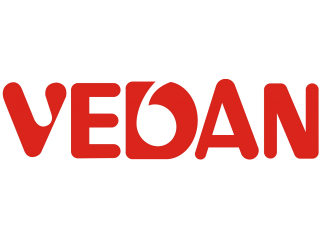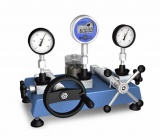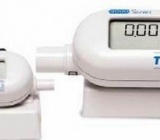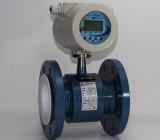Platform scales verification

Main content
- What is a platform scale?
- Application
- Structure
- Why should you verify a platform scale?
- Calibration procedure
A platform scale is a type of electronic scale product with high accuracy, simple design, easy to use, with maximum load capacity from 30kg to 500kg. Scales are often used to weigh supplies, raw materials, products, and goods in production such as flour, agricultural products, fruits,...
1. What is a platform scale?
Mechanical scale is a type of scale produced for many uses in agriculture and industry. Because they are the first generation products of electronic scales, they do not have many modern features and design details like electronic bench scales, analytical scales or seafood scales,...
2. Application
- In chemistry: paints, solvents, foaming agents, pesticides, antifreeze chemicals,...
- In agriculture: disinfect ponds and lakes, kill bacteria in the water environment, oxidize organic materials and pathogens in breeding production.
.jpg)
3. Structure
Platform scales are composed of 3 basic main parts:
- Frame cover: usually made of good quality materials, resistant to impact or with additional water-resistant properties to protect the internal parts of the scale and the machine body.
- Scale head: this part is integrated with a sensor, helping the scale receive signals and process these signals to give the most accurate parameters for the product placed on the scale.
- Screen: helps display measurement results, usually LED or LCD screen
4. Why should you verify the chlorine meter?
- Platform scales need to understand the standards before being put into use because electronic scales that have not been calibrated will have incorrect readings.
- Platform scales imported from foreign countries need to be recalibrated when returning to Vietnam to weigh accurately. Then, when they are put into use, they will not cause damage to those using the scale.
5. Verification procedure
- Measurement standard:
- The scale has a total weight equal to Max, with an accuracy class of M1.
- The scale determines the error (1 ÷ 500) g; (1 ÷ 10) kg, with an accuracy class of M1
- Other means: Load tare enough to check up to Max
- Temperature: as the normal working temperature of the scale.
- External influences (vibration, magnetic field, grid voltage, …) do not affect the test result
- The scale must be completely assembled, clean, placed on a flat surface, and ready for verification.
- Gather enough standard weights, tares and other testing means. The standard weights must still be valid for verification.
- Check the label
- Position of verification stamp and label
- Check all the details and assembly.
- The scale base must not be warped, cracked, or have water accumulation. The scale stand must be sturdy.
- Check the maximum permissible error (MPE)
- Check sensitivity
- Check dynamic range
- Check repeatability
- Check result deviation
- Check the “0” level (or Min) of the scale
- Check the eccentric load
- Check the accuracy at each scale level
If a platform scale meets the requirements of this procedure, it will be issued a verification certificate and verification seal and/or a verification sticker as required. The verification seal must be affixed (or the verfication sticker must be affixed) at locations that prevent the adjustment of the accuracy of the scale.
If a platform scale does not meet one of the requirements of this procedure, it will not be issued an verification sticker, and the old verification seal (if any) will be removed.
The verification cycle of a platform scale is 24 months.
To consult and request a quote on our verification services, please kindly contact us via the following information:
LABORATORY: DONG TAM MEASUREMENT AND TECHNICAL TRADING SERVICE CO., LTD
Address: No.57-59 Street 11, Binh Hung Residential Area, Binh Hung Commune, Binh Chanh District, Ho Chi Minh City
TEL: 028 375 83 869 - Hotline: 0909 347 891 (Mr. Lâm)
Email: info@dongtam-mes.vn
Relative post | Xem tất cả
- Stopwatches calibration
- ORP meter calibration
- Hydrometer calibration
- Analytical and Technical balance calibration
- Analytical and Technical balance verification
- Spring dial scales verification
- Spring dial scales calibration
- Bench weight scale verification
- Bench weight scales calibration
- Platform scales calibration
- Chlorine meter calibration
- Total suspended solids (TSS) meter calibration























 Legal
Legal  Call: 0283.7583869
Call: 0283.7583869  Search for Certificate
Search for Certificate  Contact
Contact